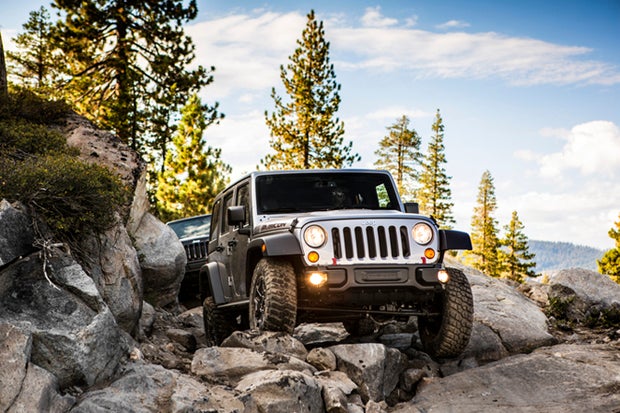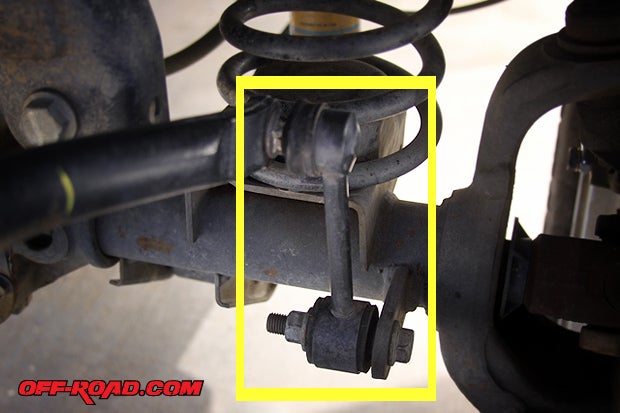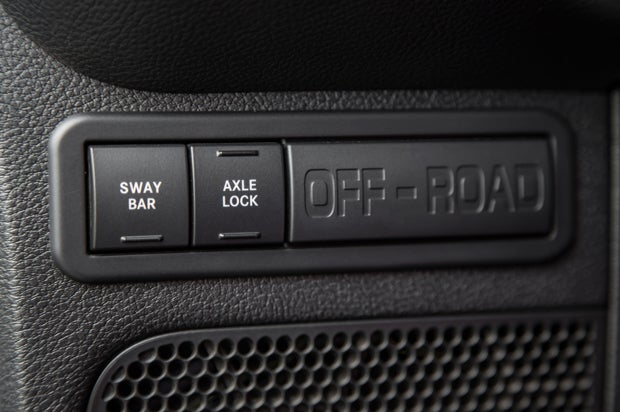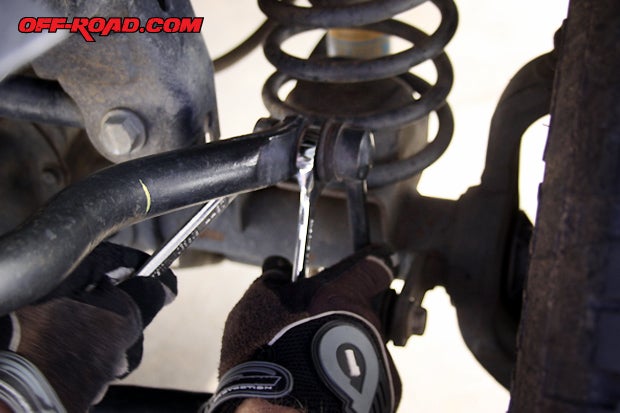
In many ways, the sway bar was one of the most useful creations for improving the handling characteristics of cars and trucks. By providing a link between the left and right wheels, a sway bar is meant to keep body roll in check. Rather than letting the right side of a vehicle’s suspension compress when cornering to the left (and vice versa), the bar has a nominal amount of “twist” to it based on size, which limits the vehicle’s ability to roll or lean when the G-forces of cornering take effect. From keeping a sports car flat through the corners, to avoiding dangerously unstable conditions on lifted trucks and Jeeps, the sway bar plays a fundamental role in our daily-driving lives.
For those of us on the off-road side of things, the biggest challenge in our quest for ground clearance is the effects that our added height has on our ability to handle the road. As a truck or Jeep gets taller, its centre of gravity gets raised, and thus more weight gets tossed around as we make our way up to our favorite backwoods trails. Having a sway bar thick enough to handle that added load is essential while our rides are on the pavement; however, as soon as things get rocky and uneven, limiting changes in travel goes from being a necessity to being the bane of our existence.

On uneven terrain, keeping any many wheels as possible planted on the ground is key to maintaining traction. Without differential locks the wheel with the least traction will take all the rotational power from the driveline, so the last thing you want is to be in an awkward spot with one wheel off the ground and spinning freely. Between the need for articulation and the need for on-road stability the question then becomes where do we make the sacrifice? Do we keep the bars intact and sacrifice our ability to crawl, or rather ditch the bars and deal with the “rolling in rough seas” when cruising anywhere other than the backwoods?
I can imagine by now a few of the more seasoned off-roaders out there are shouting at the screen right now. The way just about every off-road enthusiasts gets around the need for a sway bar is simple: by disconnecting the sway bar links once on the trail, off-roaders are able to use more of the suspension travel from side to side. While this may sound slightly complicated, it’s actually far from rocket science. A quick crawl underneath your ride with a couple of wrenches and you will have the sway bar links removed. From there the sway bars themselves will stay in place and out of harm’s way all on their own. Thankfully, many off-road aftermarket companies have developed quick-disconnect links that add locking pins to the sway bar links, making removal even easier (see our review of a Teraflex version for the JK Jeep Wrangler).


What’s become most interesting over the years is the development of electronic sway bar disconnect functions for both production vehicles as well as in the aftermarket. Electronic disconnect has been available on certain variants of the Wrangler since the release of the JK, and aftermarket kits are available for older Wranglers as well. Much in the same way that auto-locking hubs came about, it wasn’t long until sway bar manufacturers found a clever way to give the off road world a way to disconnect their sway bars without having to stop and dig out their tools.
An electronic disconnect sway bar is fundamentally the same as a normal sway bar that has been cut in half, and has an electronically controlled locking mechanism linking the two ends. This system has proven to be hugely convenient, though from the talk on many of the Jeep forums it has had the occasional reliability issue. Due to its location, the actuator and wiring can be exposed to debris or submerged in water depending on off-road conditions, and rather than shelling out less than a couple hundred bucks to replace some quick-disconnect manual end links, a replacement sway bar is usually in excess of $1000 before installation. Mild off-roaders with a budget might happily spend the coin for the convenience of not leaving the cab, but the vast majority will deal with a little manual labor to save from being stranded on the back side of the mountain. For on-road safety, the electronic bars always default to a locked position.


 Your Privacy Choices
Your Privacy Choices